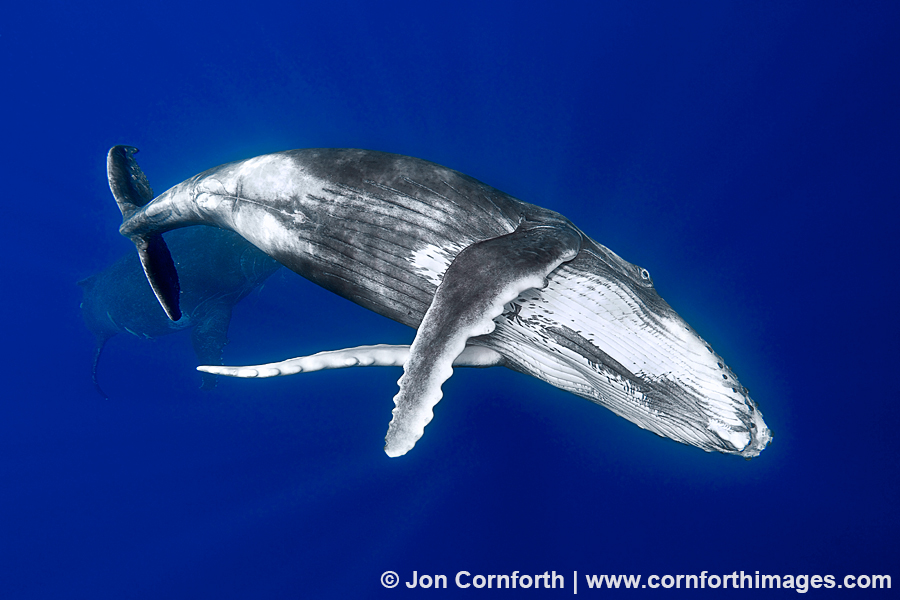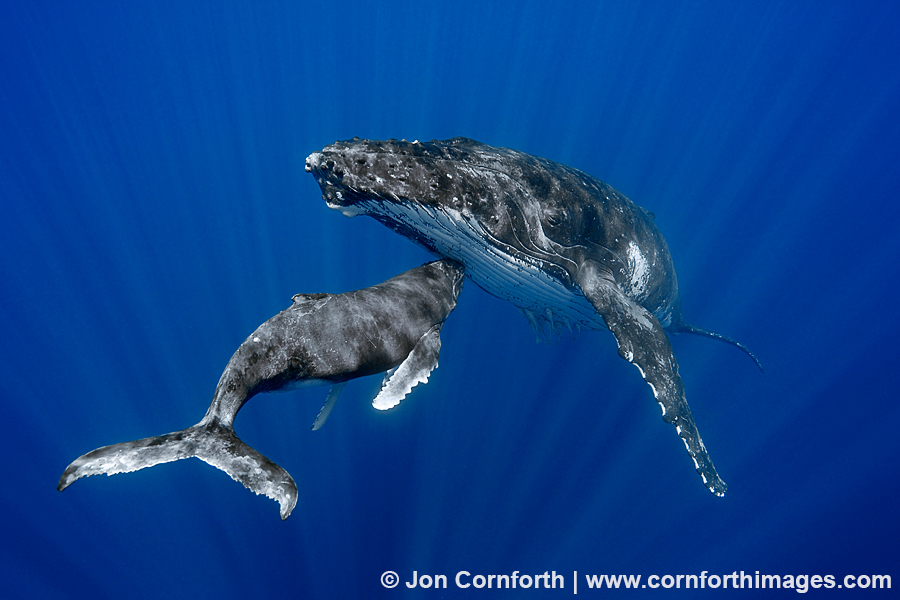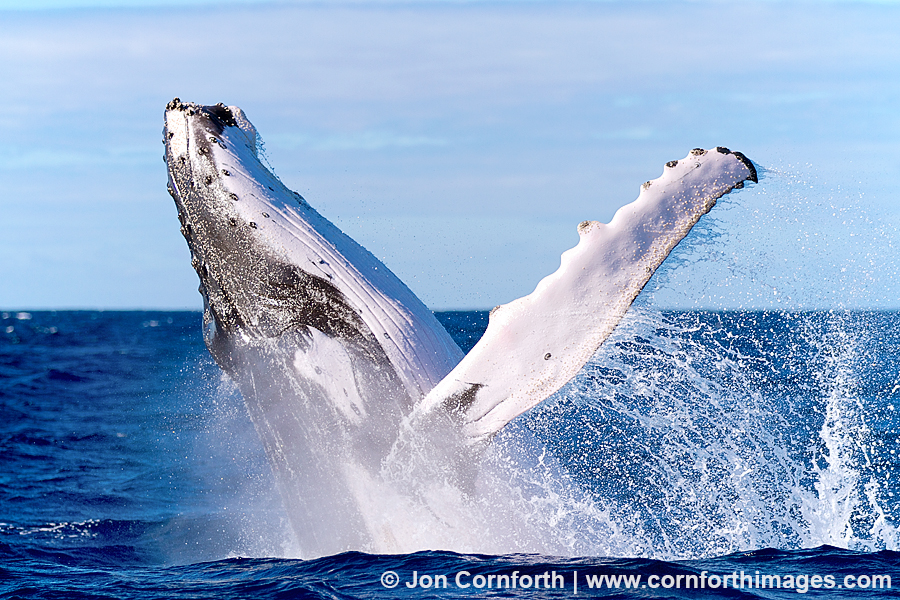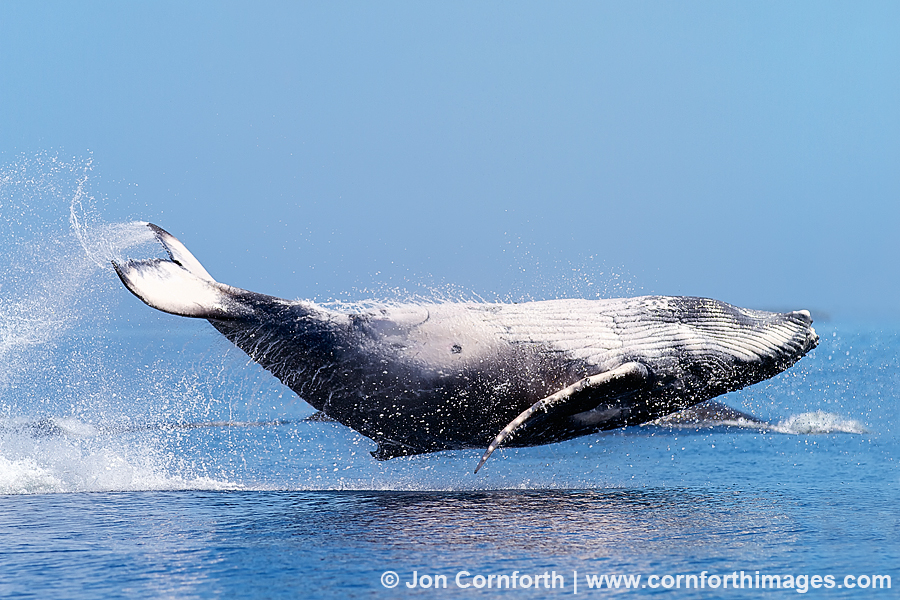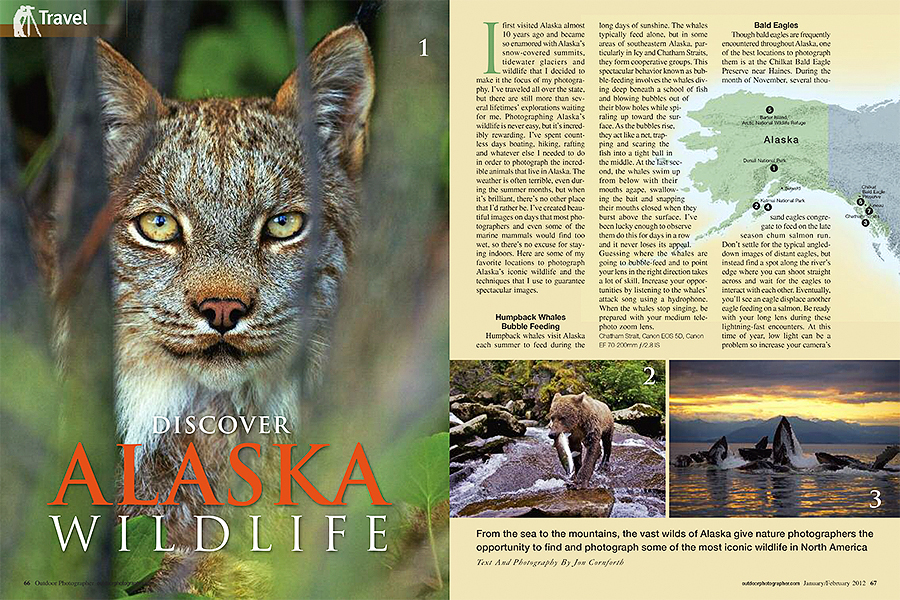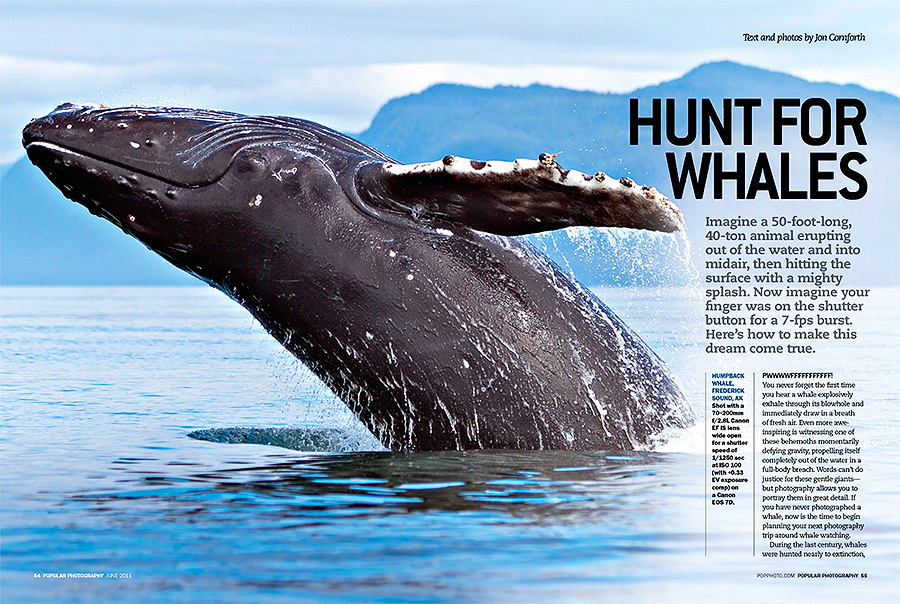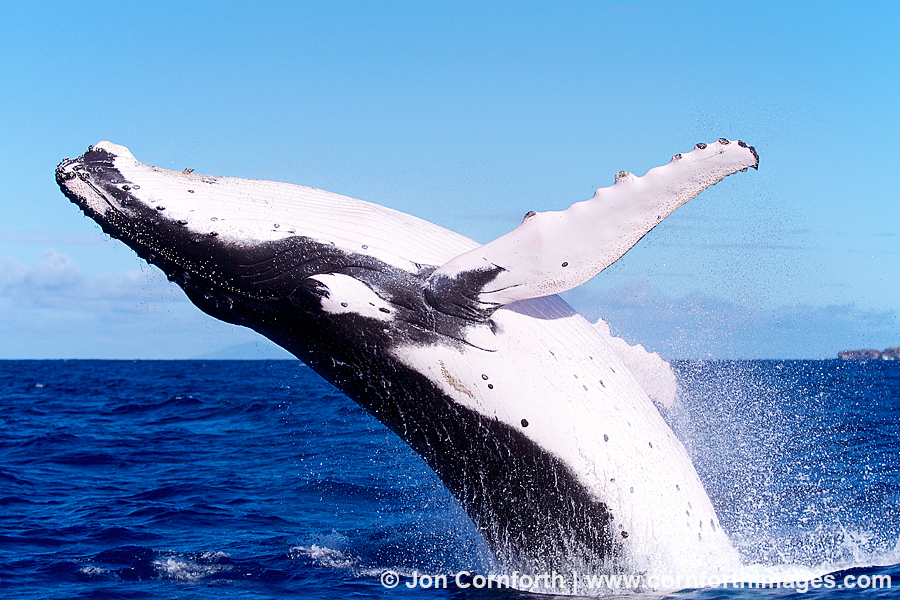
Vava’u Humpback Whale Breach 3
Posted onIf I could do one thing every day for the rest of my life, it would be to go out on the water to photograph whales for the day. They are simply the most amazing creatures that I am fortunate to regularly photograph. My favorite images of humpback whales are created when they breach. This behavior is an impressive display of emotion and power. You can see my entire gallery of photos of humpback whales breaching. Two of the things that make my breaching pictures stand out are; I shoot from small boats, close to the water so that the whale erupts above the horizon and I am close enough to my subject to use my 70-200mm lens. This image is a good example of utilizing the lowest point on the boat, as well as being taken at 70mm. During the Tonga portion of my 2012 Humpback Whale Tour, this whale repeatedly breached so close to the boat that I probably should have utilized a slightly wider lens. Incredible! I created this image using my Canon 7D and 70-200mm f2.8 IS II lens, and processed the RAW file using Aperture 3 and Photoshop CS6.

